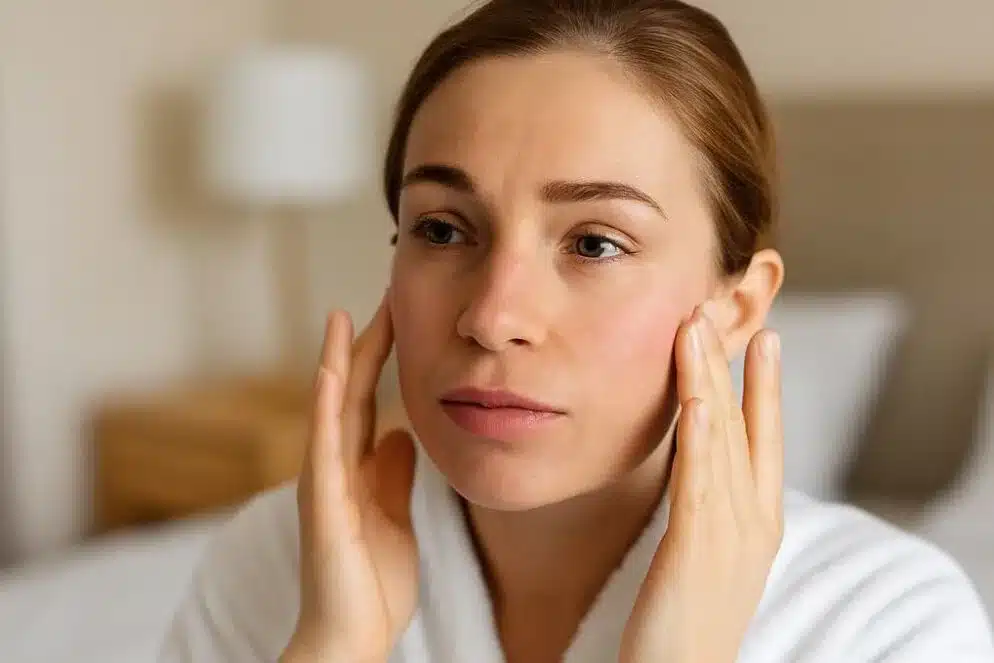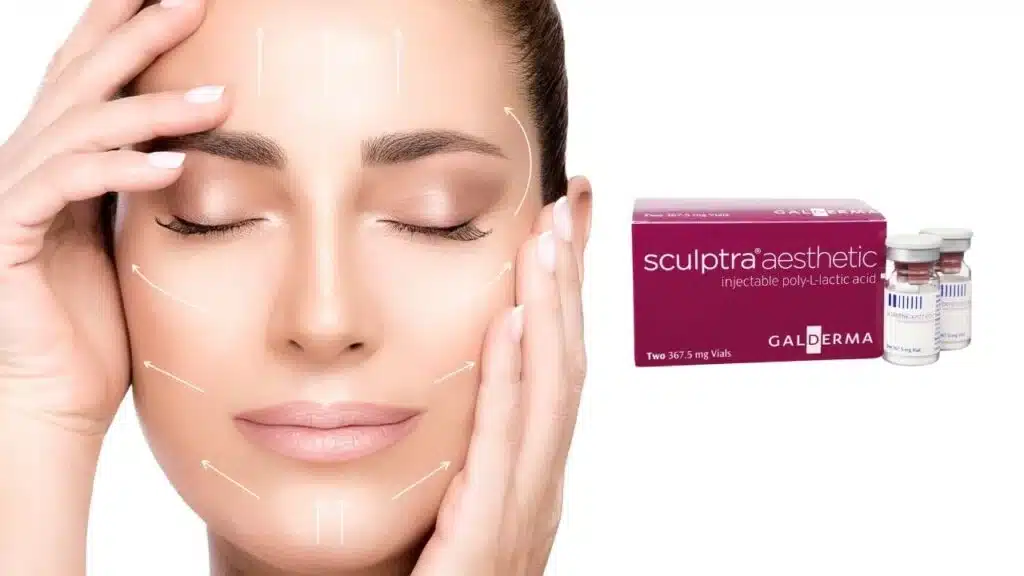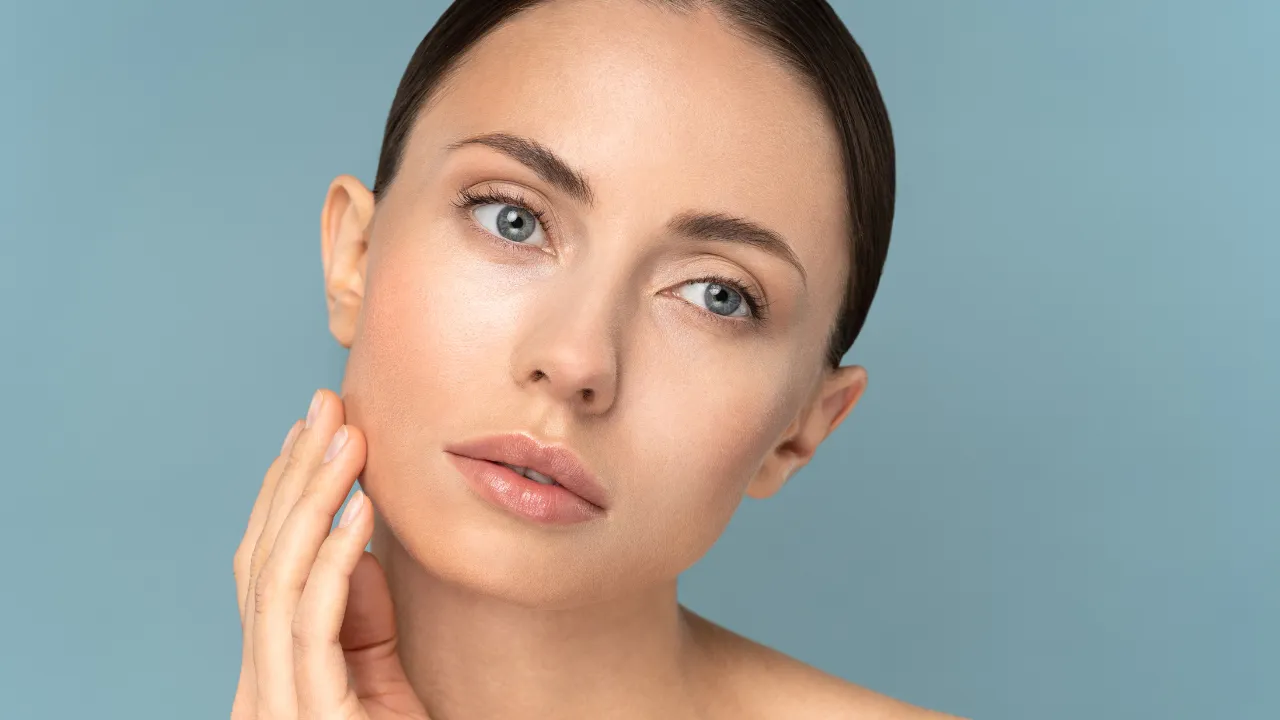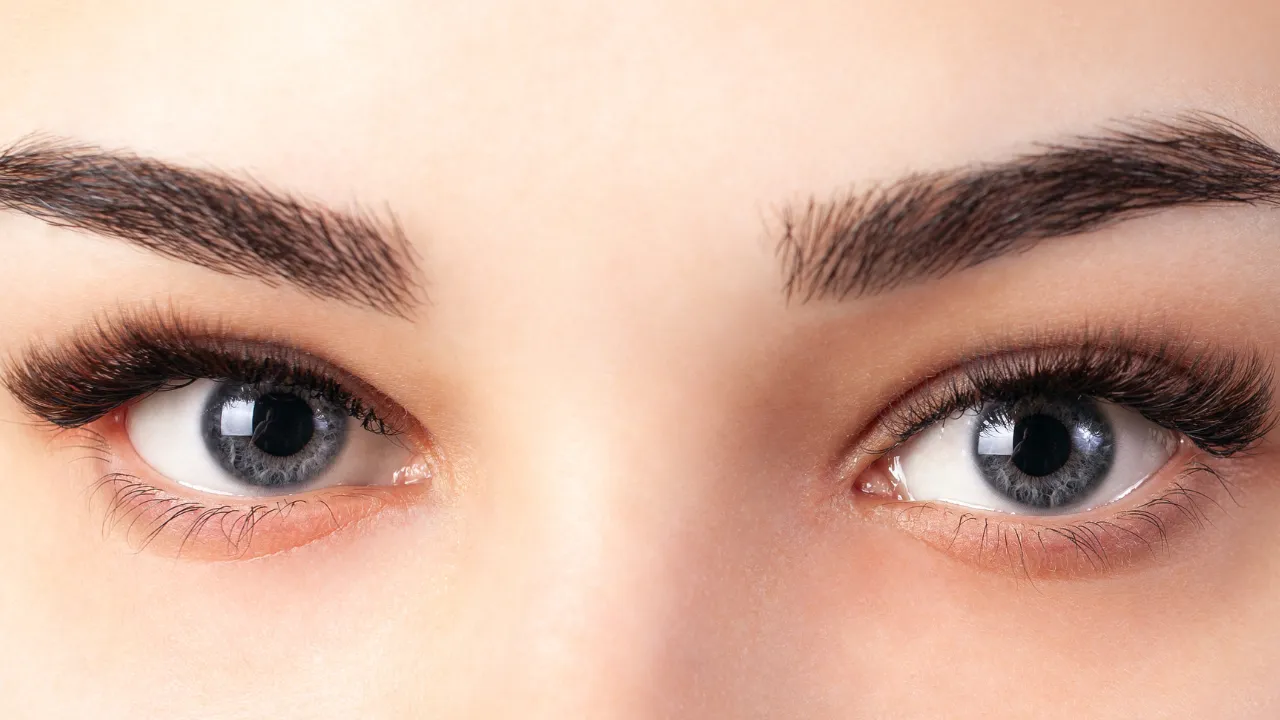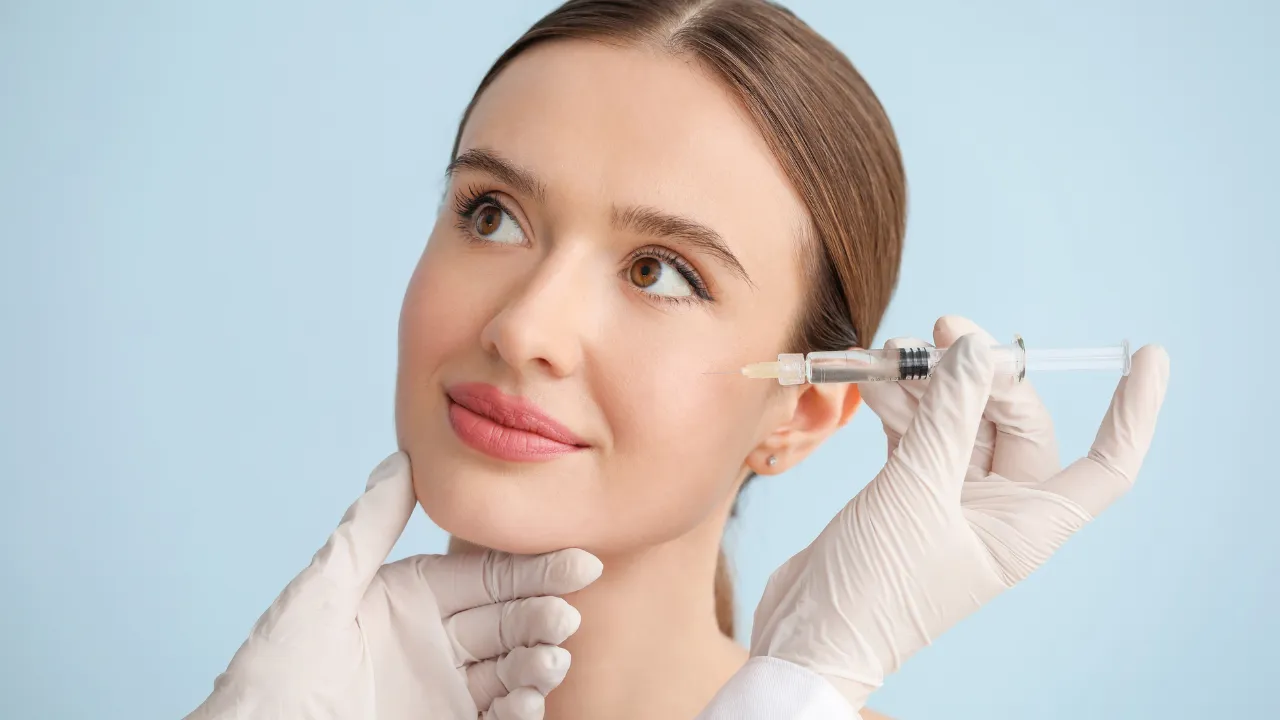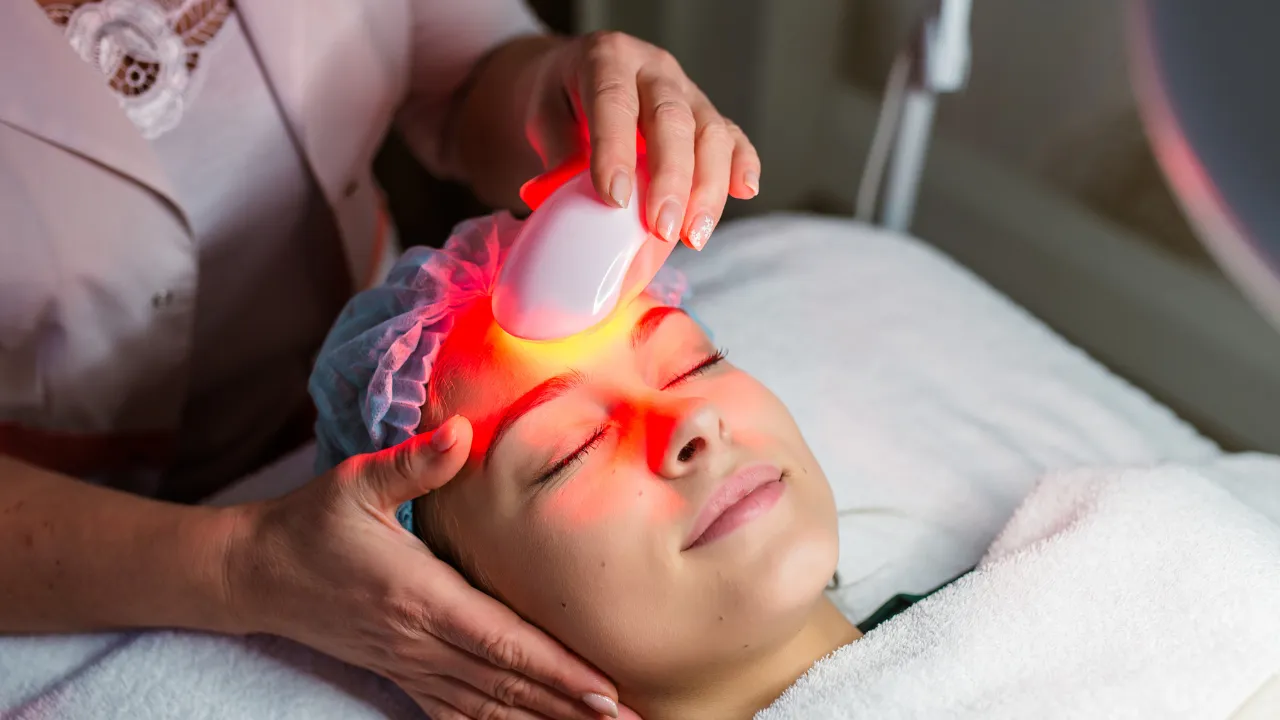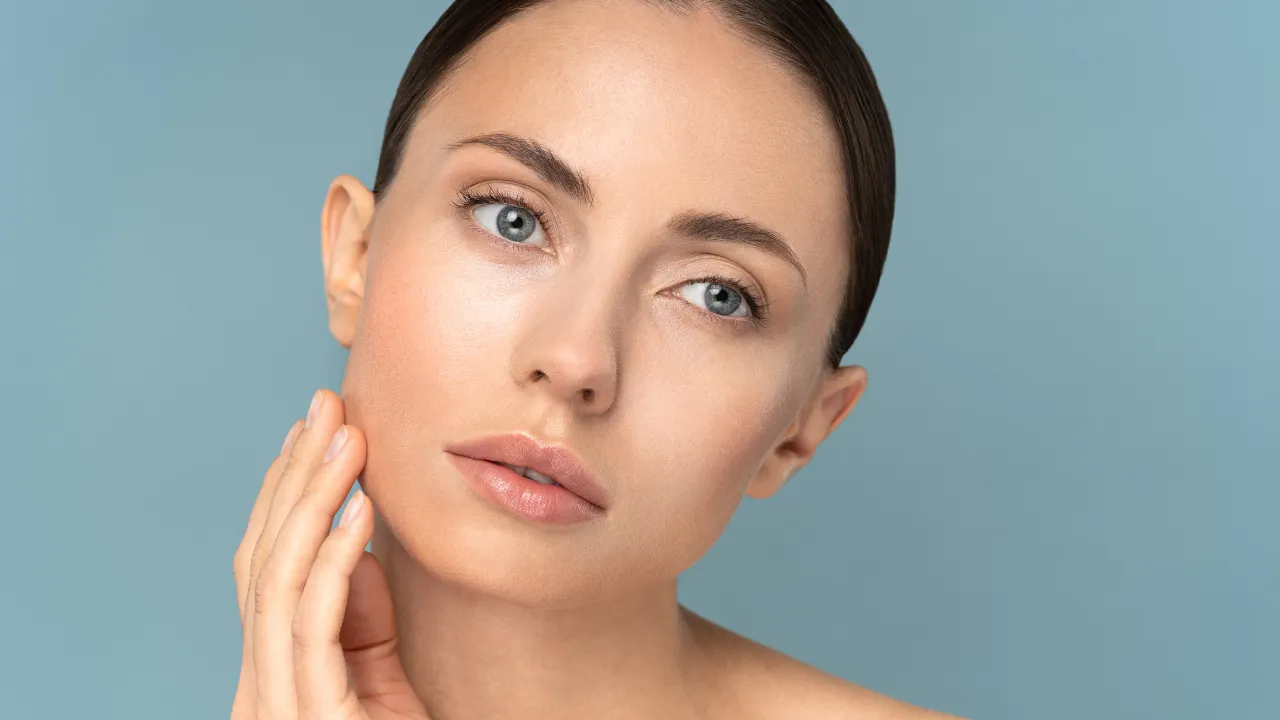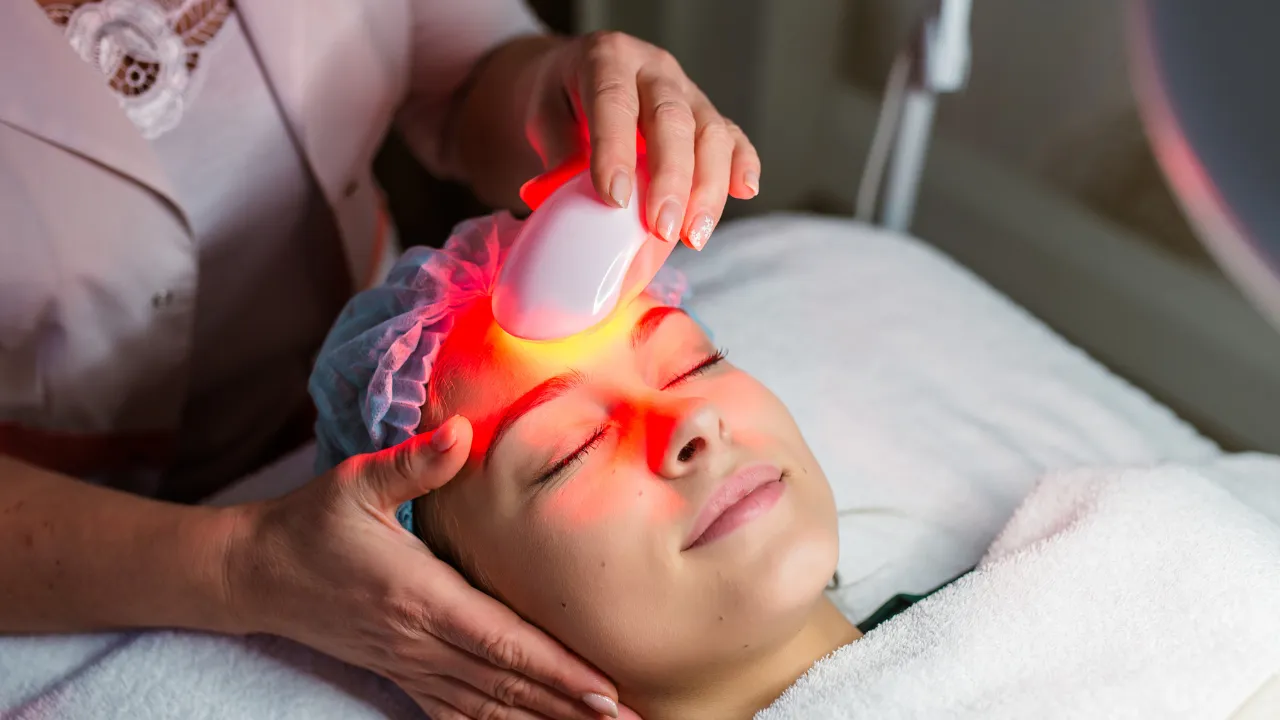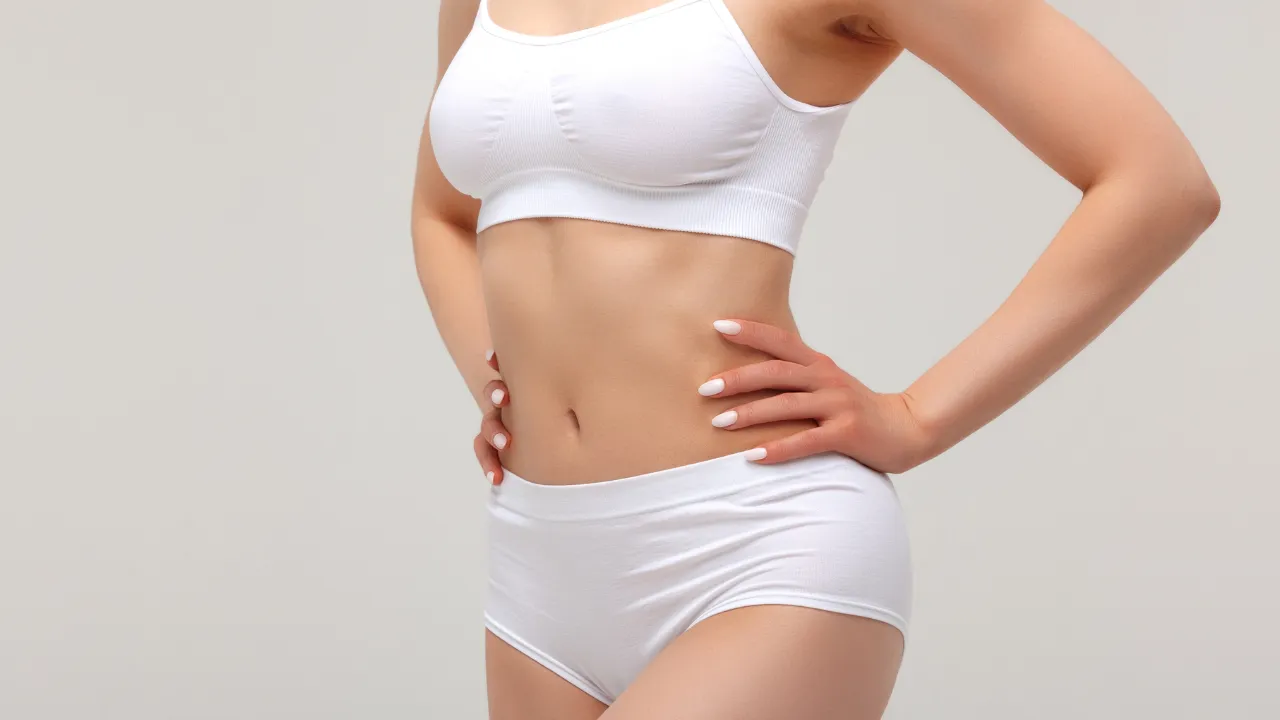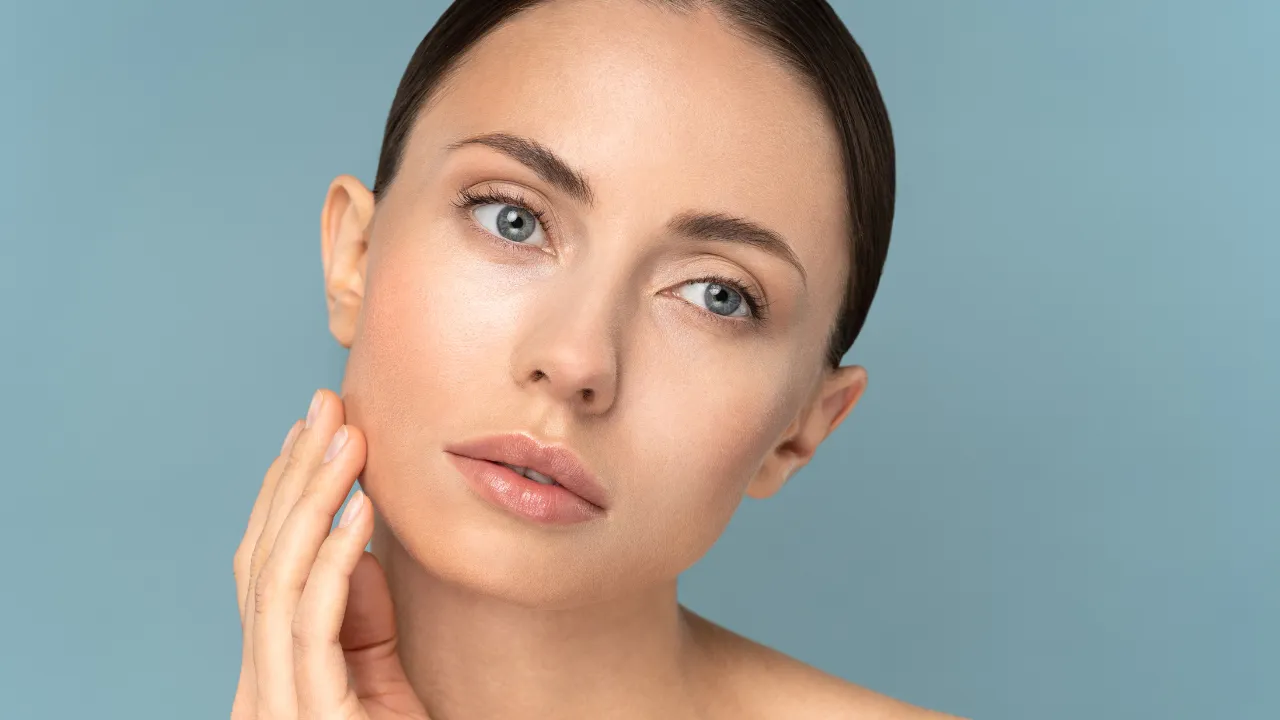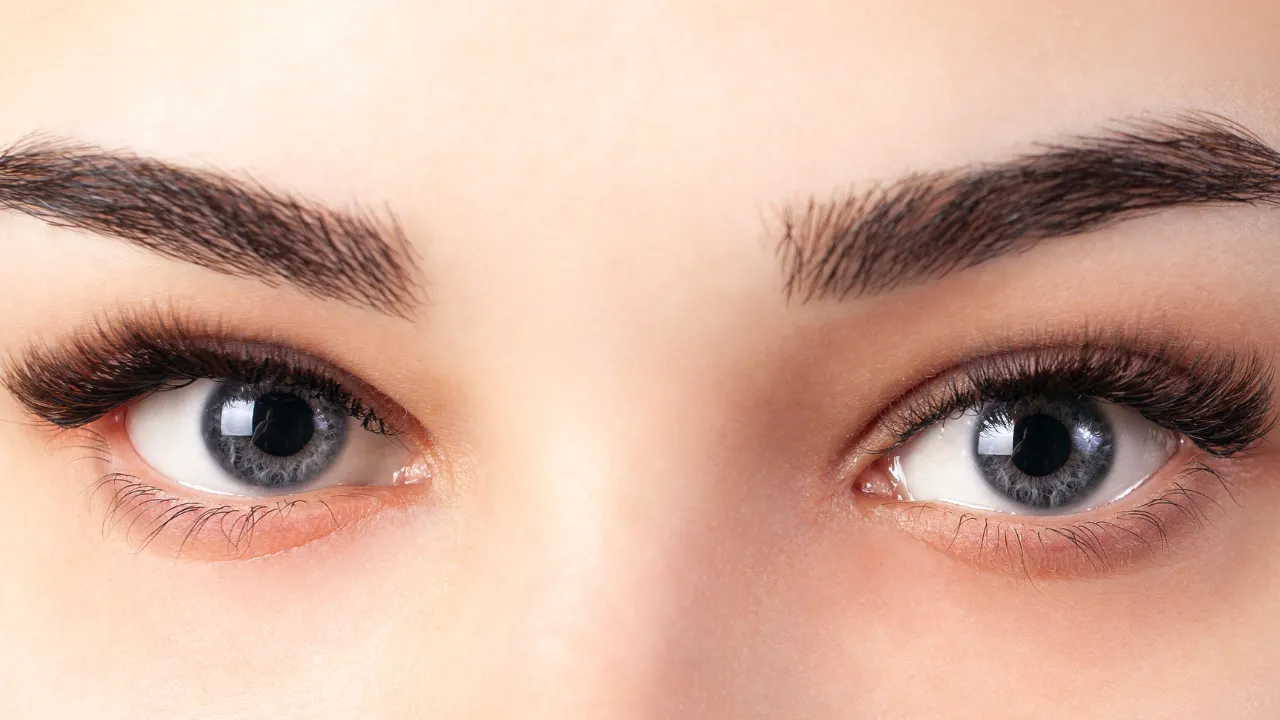A filler for crow’s feet is an injectable treatment that smooths the fine lines around the outer corners of your eyes. These wrinkles, often caused by sun exposure and facial expressions such as smiling, form as collagen and elastin decline with age.
At Kopelman Aesthetic Surgery in New York City, Dr. Joel Kopelman uses hyaluronic acid-based fillers to reduce crow’s feet safely and naturally. This procedure restores volume beneath the skin, improving texture and softening wrinkles without affecting facial expression.
Key Takeaways
- Fillers for crow’s feet restore volume and reduce fine lines and wrinkles while maintaining natural expression.
- Dr. Joel Kopelman uses FDA-approved hyaluronic acid-based fillers to treat crow’s feet safely and effectively.
- Results from a dermal filler for crow’s feet last 6–12 months, while Botox may need touch-ups every 3-4 months.
- Healthy candidates without infections, allergies, or pregnancy achieve the best outcomes.
- Recovery is minimal, and most patients resume normal activities within a day.
Table of Contents
ToggleUnderstanding Crow’s Feet and How Fillers Work
Crow’s feet form at the outer corners of the eyes as collagen and elastin decline with age. Repeated facial expressions, such as smiling and sun exposure, deepen these creases over time.
A filler for crow’s feet adds subtle volume under the skin, smoothing wrinkles and improving texture. Early treatment of crow’s feet prevents deeper folds and maintains youthful skin around the eyes.
Who Should Avoid Filler Treatment
Those with active infections, severe allergies, or bleeding disorders should avoid filler in crow’s feet. Pregnant or breastfeeding women should wait. Dr. Kopelman evaluates each patient carefully for safety and suitability.
Can You Use Filler on Crow’s Feet?
Yes, for static wrinkles visible at rest. Dynamic wrinkles from movement respond better to Botox, often refreshed every 3-4 months. Dr. Kopelman tailors each treatment to deliver smooth, natural-looking results.
Filler or Botox for Crow’s Feet: Which Is Better?
Botox relaxes muscles that cause dynamic wrinkles, while fillers restore lost volume for a smoother texture. The choice depends on wrinkle type and depth. These treatments are part of a comprehensive approach to facial rejuvenation designed to enhance harmony and restore confidence.
When to Choose Botox or Juvederm
Botox targets wrinkles from smiling or squinting. Juvederm, a trusted filler for crow’s feet, softens lines that remain when the face is relaxed. Many patients combine both treatments for balanced rejuvenation.
The best filler for crow’s feet adds lift and firmness where skin has thinned. Dr. Kopelman selects filler type based on texture, elasticity, and goals.
Combining Both for Natural Outcomes
Using Botox and filler together relaxes movement while restoring volume, effectively reducing the lines that form at the outer corners of your eyes. This dual method helps treat crow’s feet for a softer, youthful look.
Dr. Kopelman may also pair fillers with ablative laser resurfacing or skincare treatments to enhance collagen production and smooth fine lines and wrinkles.
Choosing the Right Filler and Results
What Filler Is Good for Crow’s Feet?
Hyaluronic acid-based fillers, like Juvederm or Restylane, are gentle and reversible. They hydrate the skin, stimulate collagen production, and slow further signs of ageing. You can learn more about the different types of injectables and what are the most popular fillers at Dr. Kopelman’s practice.
Before and After Results to Expect
Patients notice visible improvement almost immediately. The area around the eyes looks refreshed within days, as filler smooths fine lines and wrinkles without puffiness or stiffness. To understand the broader advantages of facial injectables, explore the full overview of dermal fillers benefits.
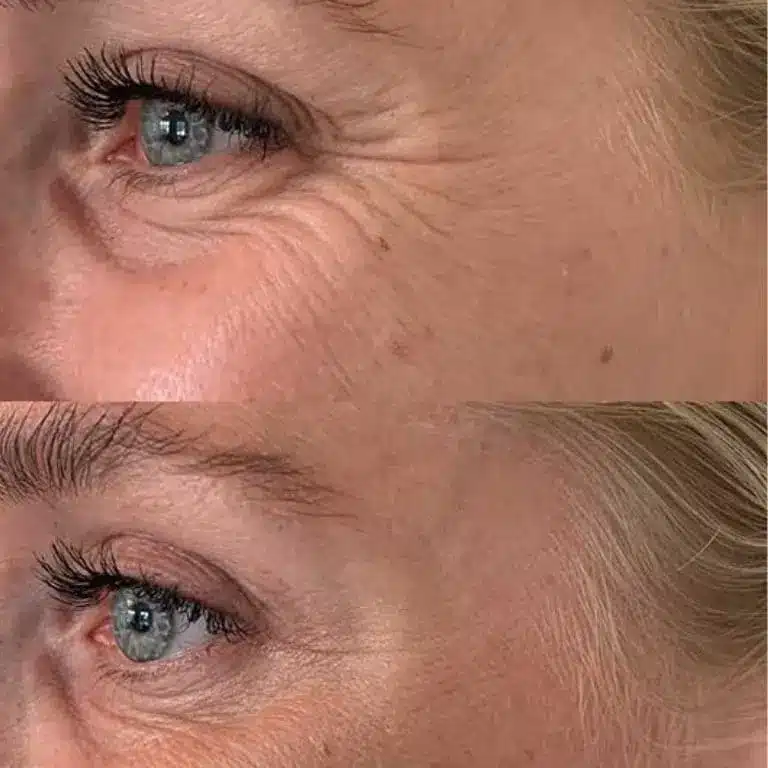
How Long Each Filler Type Lasts
Durations vary by product and metabolism:
- Juvederm Ultra: 6–9 months
- Restylane: up to 12 months
- Belotero Balance: about 6 months
Each formula contains hyaluronic acid, which supports collagen production and strengthens collagen and elastin. All fillers used by Dr. Kopelman are FDA-approved for safety and consistency.
Cost and Choosing a Provider
Filler for Crow’s Feet Cost Factors
The cost of a filler for crow’s feet in New York City typically ranges between $1,200 and $1,500 per session. Prices vary by filler type, quantity, and injector experience. Skilled providers may charge more but offer better safety and precision.
Finding a Qualified Specialist Near You
When treating crow’s feet, choose a board-certified facial plastic or oculoplastic surgeon. At Kopelman Aesthetic Surgery, Dr. Kopelman’s expertise ensures natural outcomes for anyone seeking filler for crow’s feet near me.
Safety, Aftercare, and Maintenance
Can Fillers Reduce Crow’s Feet?
Yes. Fillers reduce crow’s feet by restoring volume and improving texture. Results appear quickly and continue to refine over several days.
Downtime and Recovery Expectations
Recovery is short. Most patients return to work within 24 hours, and mild swelling or redness fades fast. Makeup can be applied after a day.
Common Side Effects and Recovery Tips
Temporary swelling or redness may occur. Avoid touching or intense exercise for 24 hours for smooth healing.
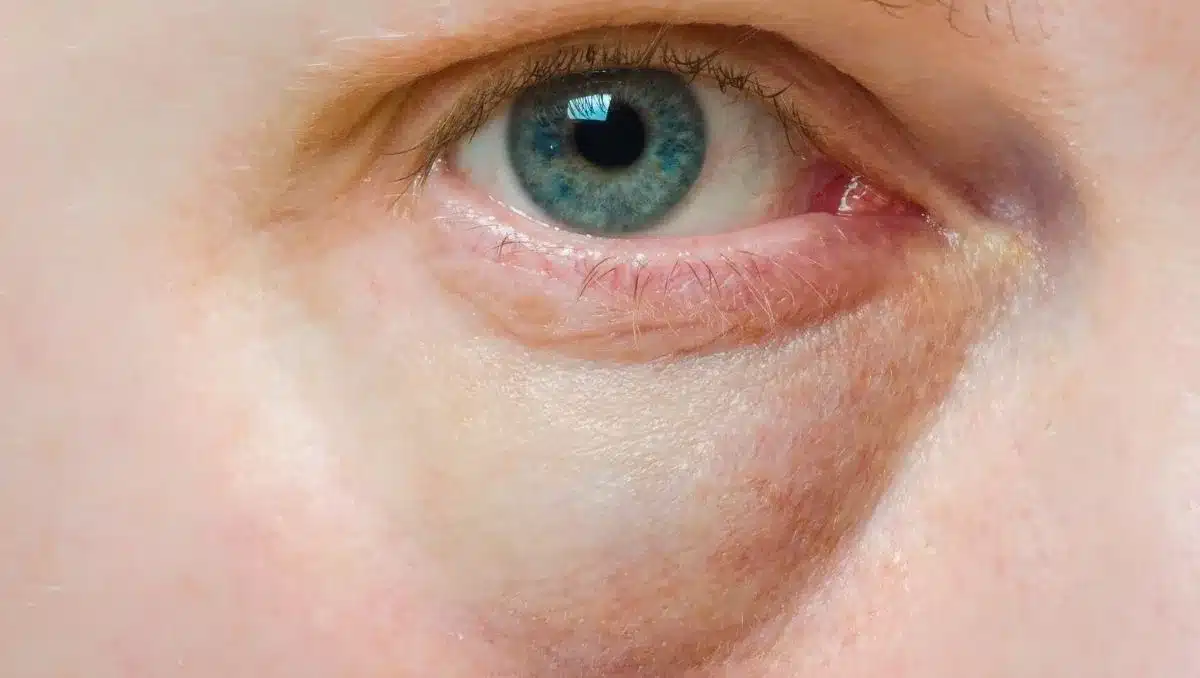
How to Maintain Results Safely
To extend results:
- Use sunscreen daily to limit sun exposure damage.
- Stay hydrated and avoid smoking.
- Schedule maintenance sessions every 6–12 months.
Choosing a Board-Certified Injector
The eye area requires precision. Only trained experts should perform plastic surgery or injectables. Dr. Kopelman’s expertise ensures safe, natural, and long-lasting results.
A filler for crow’s feet can refresh and restore the eyes by reducing the outer corners of your eyes and smoothing fine lines and wrinkles.
At Kopelman Aesthetic Surgery, Dr. Kopelman customizes each plan to safely treat crow’s feet and minimize signs of ageing caused by sun exposure and facial expressions such as smiling, helping patients achieve a confident, natural look. Schedule your consultation today.



